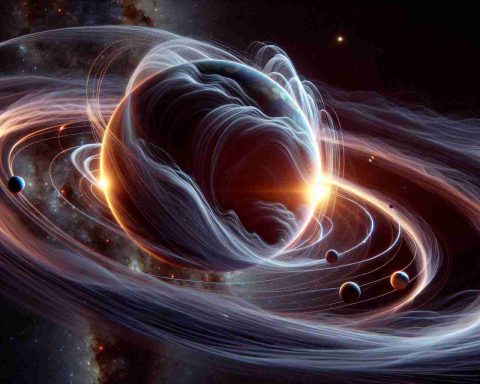Orbits
Orbits are the curved paths that celestial bodies, such as planets, moons, and satellites, follow as they move around a central object due to gravitational forces. An orbit is defined by various factors including the mass of the objects involved, the distance between them, and the speed at which they travel. Orbits can be circular or elliptical in shape, with elliptical orbits being described by Kepler's laws of planetary motion.In the context of astronomy, a stable orbit allows for predictable movement, enabling the study of celestial mechanics, the prediction of celestial events, and the understanding of gravitational influences in a system. Orbits are also relevant in fields such as astrophysics, space exploration, and satellite communications.The term "orbit" can additionally refer to the specific region or area around an object where other objects may be found or move. In summary, orbits are fundamental concepts in understanding the dynamics of movement in space and the interactions between different celestial bodies.










